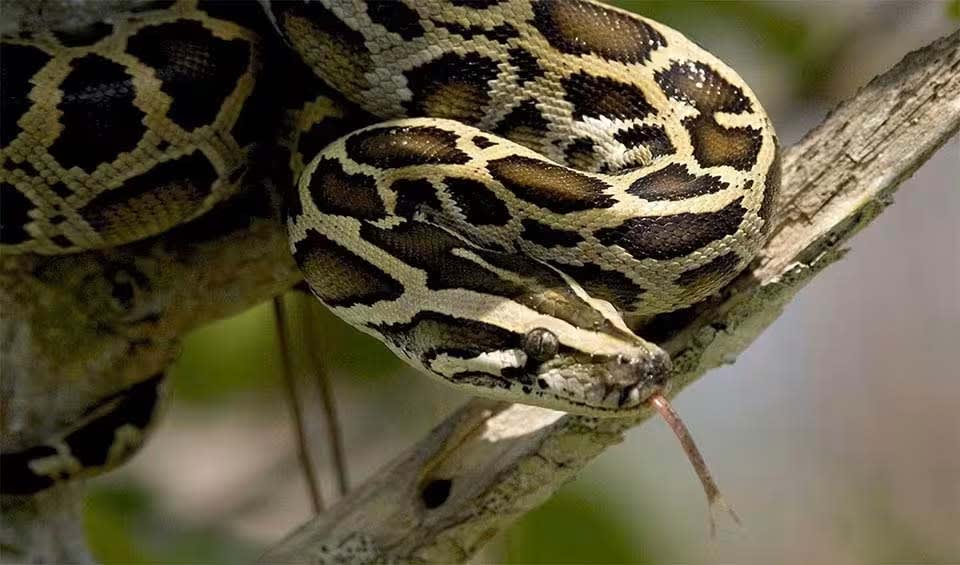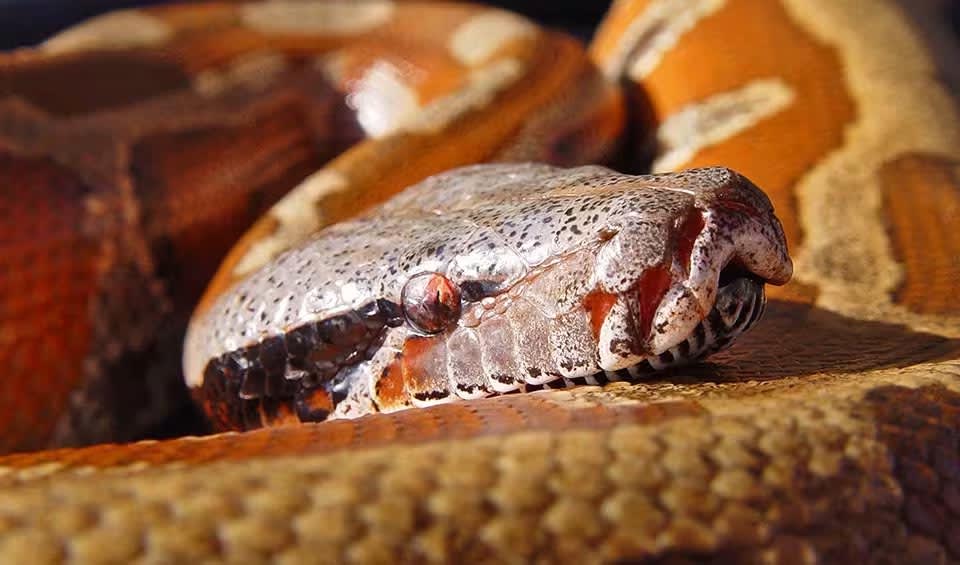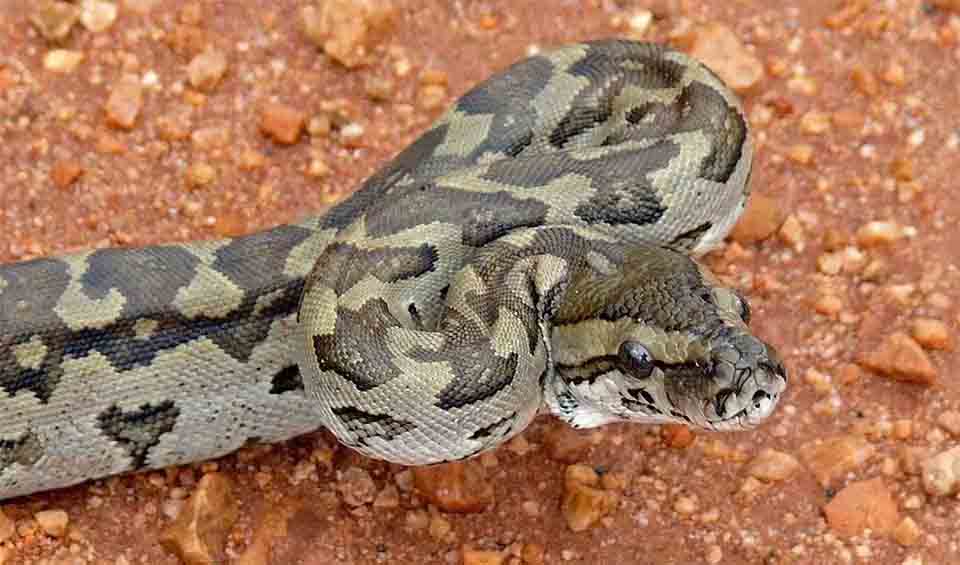Python
Sleek, fast, and deadly – the apex predator of the serpent world
Python snakes are unique in many ways, and their physical attributes make them stand out among other snake species. These non-venomous constrictors are found in various parts of the world, including Africa, Asia, and Australia. One of their most striking features is their size. These snakes are some of the largest in the world, with some species growing up to 30 feet in length. Their massive size is attributed to their ability to grow throughout their lives, unlike other animals that stop growing after adulthood.
Another unique feature of Python snakes is their muscular bodies. These snakes have a muscular and robust build, which they use to constrict their prey. By wrapping themselves around their prey and squeezing tightly, they can suffocate and kill their prey before swallowing them whole. These snakes are opportunistic feeders and can eat a variety of prey, including birds, rodents, and even larger mammals like antelopes and deer.
Python snakes have a distinctive skin pattern, making them easy to identify. Their skin has a scaly appearance, and each species has a unique pattern of markings and colors. For instance, the Burmese python has brown blotches on a tan or gray background, while the reticulated python has a complex pattern of black, brown, and yellow scales. These patterns help with identification and serve as a form of camouflage, helping the snakes blend into their surroundings.
The Python genus is also known for its impressive lifespan. These snakes can live for up to 30 years in captivity, with some individuals living even longer. The oldest known python, a Burmese python named “Baby,” lived for 27 years in captivity before passing away. This long lifespan is attributed to their slow metabolism, which allows them to conserve energy and survive for extended periods without food.
Species in this genus
Burmese python
A powerful constrictor that can grow longer than a school bus!
Myanmar short-tailed python
Due to their secretive nature and limited distribution, encounters with them are rare, even for experienced herpetologists
Ball python
True to their name, they transform into protective balls when threatened, tucking their heads in for ultimate defense
Central African rock python
Its sheer size and presence make it a dominant predator wherever it is found
Indian python
Nonvenomous but it’s hug can be as deadly as a venom!
Angolan python
One of the rarest snakes in Africa, making them a prized possession for reptile enthusiasts
Blood python
Frequently harvested for their skin, which is prized in the leather industry
Borneo python
Has a unique hunting strategy, often striking from a coiled positon, rather than actively pursuing prey
Southern African rock python
Kills by constriction, ambushing and coiling around its prey, and tightening its coils every time the victim breathes out
Sumatran short-tailed python
These snakes have a long evolutionary history, dating back millions of years











